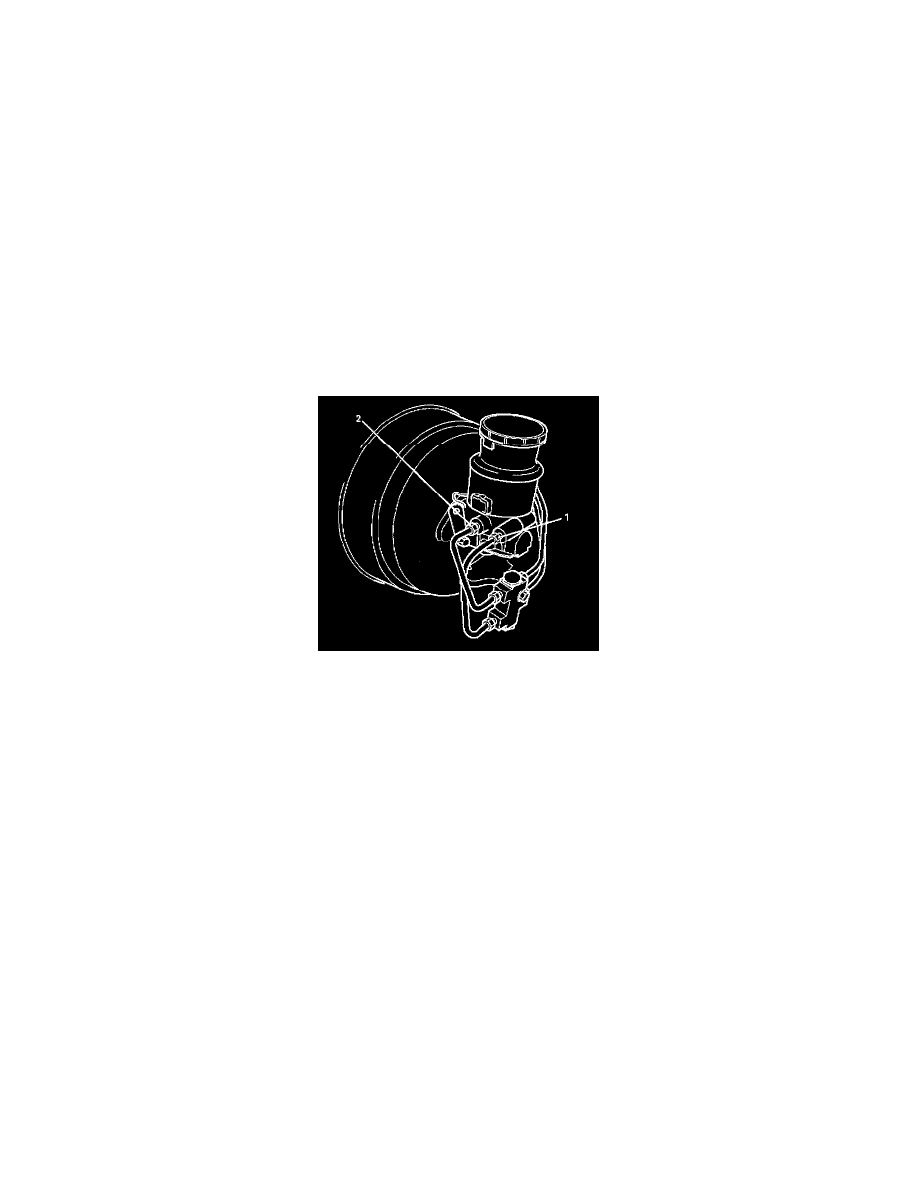Rodeo S 2WD L4-2.2L (1999)

Brake Bleeding: Service and Repair
A bleeding operation is necessary to remove air from the hydraulic brake system whenever air is introduced into the hydraulic system. It may be
necessary to bleed the hydraulic system at all four brakes if air has been introduced through a low fluid level or by disconnecting brake pipes at the
master cylinder. If a brake pipe is disconnected at one wheel, only that wheel cylinder/caliper needs to be bled. If the pipes are disconnected at any
fitting located between the master cylinder and brakes, then the brake system served by the disconnected pipe must be bled.
1. For 4-Wheel Antilock Brake System (ABS) equipped vehicle, be sure to remove the ABS main fuse 60A located at the relay and fuse box before
bleeding air. If you attempt to bleed air without removing the main fuse, air cannot be let out thoroughly, and this may cause damage to the
hydraulic unit. After bleeding air, be sure to replace the ABS main fuse back to its original position.
2. Set the parking brake completely, then start the engine.
NOTE: The vacuum booster will be damaged if the bleeding operation is performed with the engine off.
3. Remove the master cylinder reservoir cap.
4. Fill the master cylinder reservoir with brake fluid. Keep the reservoir at least half full during the air bleeding operation
5. Always use new brake fluid for replenishment.
6. In replenishing brake fluid, take care that air bubbles do not enter the brake fluid.
When the master cylinder is replaced or overhauled, first bleed the air from the master cylinder, then from each wheel cylinder and caliper
following the procedures.
Bleeding The Master Cylinder
NOTE: Be very careful not to allow the brake fluid to come in contact with painted surfaces.
7. Disconnect the rear wheel brake pipe (1) from the master cylinder.
Check the fluid level and replenish as necessary. If replenished, leave the system for at least one minute.
8. Depress the brake pedal slowly once and hold it depressed.
9. Completely seal the delivery port of the master cylinder with your finger, where the pipe was disconnected then release the brake pedal slowly.
10. Release your finger from the delivery port when the brake pedal returns completely.
11. Repeat steps 8 through 10 until the brake fluid comes out of the delivery port during step 8.
NOTE: Do not allow the fluid level in the reservoir to go below the half-way mark.
12. Reconnect the brake pipe (1) to the master cylinder and tighten the pipe.
13. Depress the brake pedal slowly once and hold it depressed.
14. Loosen the rear wheel brake pipe (1) at the master cylinder.
15. Retighten the brake pipe, then release the brake pedal slowly.
16. Repeat steps 13 through 15 until no air comes out of the port when the brake pipe is loosened
17. Bleed the air from the front wheel brake pipe connection (2) by repeating steps 7 through 16.
Bleeding The Caliper
18. Bleed the air from each wheel in the order listed:
-
Right rear caliper or wheel cylinder
-
Left rear caliper or wheel cylinder
-
Right front caliper
-
Left front caliper
Conduct air bleeding from the wheels in the above order. If no brake fluid comes out, it suggests that air is mixed in the master cylinder. In this
case, bleed air from the master cylinder in accordance with steps 7 through 17, and then bleed air from the caliper or wheel cylinder.
19. Place the proper size box end wrench over the bleeder screw.
